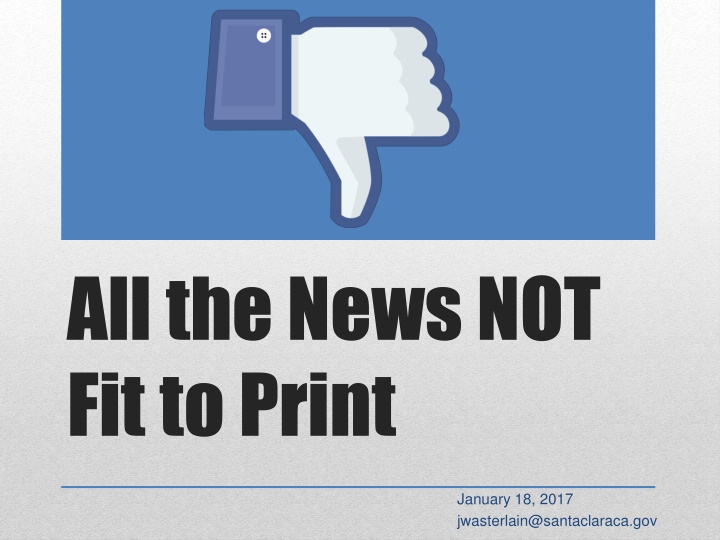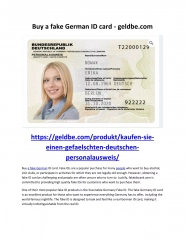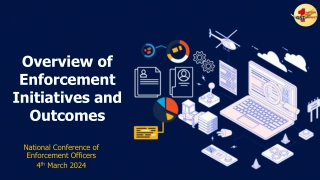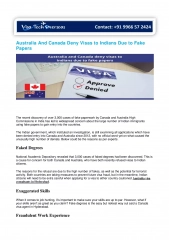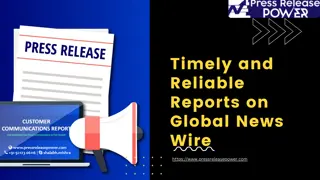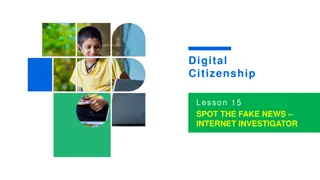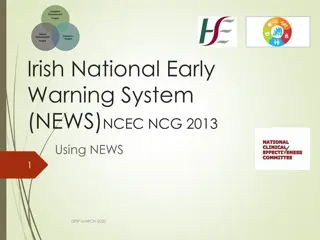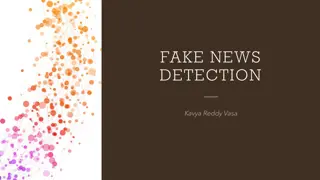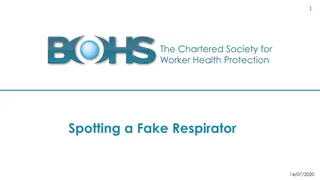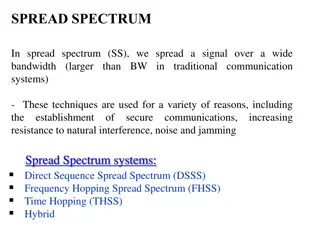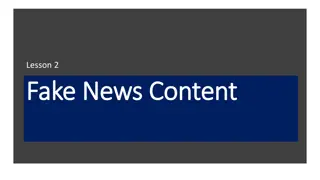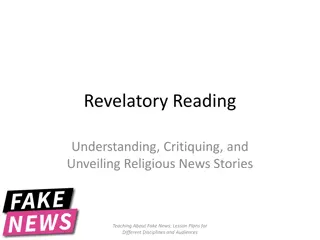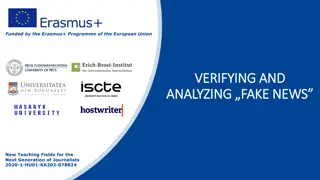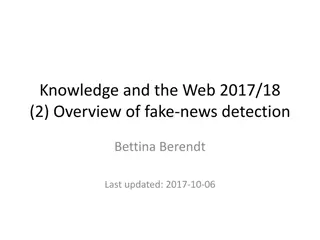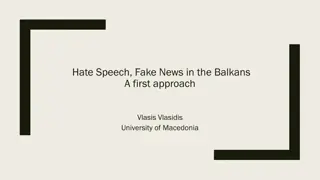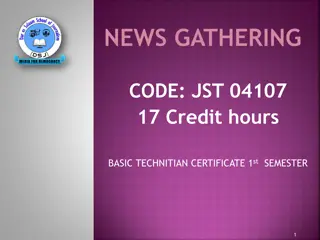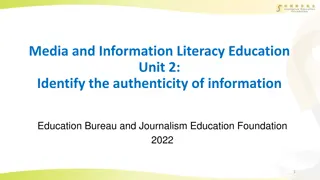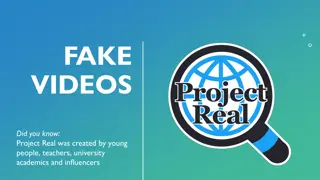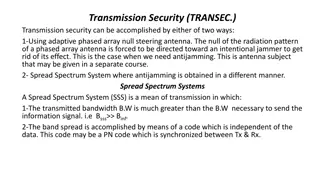Fake News: Types, Dangers, and Spread
Delve into the world of fake news, understanding its different types like hoaxes and clickbait, exploring the motivations behind its creation for profit or deception, and uncovering the dangers it poses through misinformation and distrust. Learn how fake news spreads rapidly in the digital age and the tech interventions available to combat it.
Download Presentation

Please find below an Image/Link to download the presentation.
The content on the website is provided AS IS for your information and personal use only. It may not be sold, licensed, or shared on other websites without obtaining consent from the author.If you encounter any issues during the download, it is possible that the publisher has removed the file from their server.
You are allowed to download the files provided on this website for personal or commercial use, subject to the condition that they are used lawfully. All files are the property of their respective owners.
The content on the website is provided AS IS for your information and personal use only. It may not be sold, licensed, or shared on other websites without obtaining consent from the author.
E N D
Presentation Transcript
All the News NOT Fit to Print January 18, 2017 jwasterlain@santaclaraca.gov
1. What is fake news 2. Why do people make fake news 3. What are the dangers it poses 4. How does it spreads 5. Tech interventions 6. Spotting fake news 7. Fighting back What we are covering tonight
88% of Americans believe fake news is causing at least some confusion The term is getting used frequently without much context The story will ramp up as other countries have new elections Why are we talking about this?
Fake news/hoax: fully fabricated but meant to be believed Bad news: not entirely inaccurate, but misleading, deceptive, or out of context Biased news: true, but interpreted in a highly partisan manner Satire: meant as humor Clickbait: vague or inflammatory headline with little connection to content Types of fake news
WHY DO PEOPLE MAKE FAKE NEWS?
WHAT ARE THE DANGERS OF FAKE NEWS?
Misinformation Misremembered information Distrust of all information Allows people to discredit real information Real life actions and consequences stemming from fictional information What are the effects of fake news?
Most people get their news from television Online is the second most popular way Print newspapers are WAY down on popularity, particularly with younger generations How do you get your news?
62% of adults get news on social media Do you get news through social media?
News orgs are still the main source But who you are connected to online may highly affect the news you consume Where do you get your online news?
Most get news from just one source. Source refers to a social media site, not a particular news source. How many places do you get news from?
Less authoritative sources More social/share based environment Fewer platforms visited Fake news thrives in these conditions
Fake news plays on our emotions Articles get shared fast because we are outraged and want others to be outraged too Sharing your feelings
TECHNOLOGY IS UNLIKELY TO SAVE US You are smarter than an algorithm!
Building algorithms to discover fake news Making it easier to flag content Including third party fact checking Blocking known fake news sites from using their advertising products What social media companies are doing
Is it a trusted source? Is it a real source (ie. SJ Mercury vs. SJ Chronicle) Does the URL look right for the organization? Is there an about us section? Does the website look legit? Check the source news organization
abcnews.go.com abcnews.com.co What s the difference?
Do they exist online beside this article? Have they written anything else? Does the content of their other articles look suspect? Have they contributed information to other legitimate organizations? Check the author
Headlines can be misleading or totally disconnected from the story Clickbait is headline-driven but rarely real news Don t share before reading the whole article Read beyond the headline
Not all news is new Old stories get recirculated to stoke emotion or dredge up previous controversies This is particularly an issue with pictures (do a reverse image search to see if its been used before) When was it written?
ALL CAPS AND UNNECESSARY PUNCTUATION IS A WARNING SIGN!!! Fact or opinion? Links to other official sources? Do the sources back up the story? Do they exist? Verify quotes by searching them in Google. Check the content
This one is hard if you dont share the sites sense of humor or irony Know your major satire sites (Onion, Clickhole, McSweeney s) Is it satire?
Big stories get carried on many sites How credible are the other sites covering the story? Search sites that you normally wouldn t to see if the story is similar Who else is reporting the story?
Fake news stories are button pushers Super angry? Read it again, critically. How does the article make you feel?
Confirmation bias is a real, powerful thing We all have biases. Be aware of them. Find the article from a neutral or opposing side and see if it matches up. Does this play into your political beliefs?
Factcheck.org Politifact.com Snopes.com Use fact checkers
YOU EXPECT US TO DO ALL THIS? Umm no, probably not.
HOW TO FIGHT AGAINST FAKE NEWS
Be critical of what you read and careful about what you share In doubt, use a fact checker or some of the strategies above Flag content that might be fake (if possible) Do your part!
If you can, buy a subscription to a local or national paper you think does good work. Promote fact-driven reporting with verifiable info Share articles from quality sources and drive up their traffic Support legitimate journalism
If you would like a list of resources, please give me your email on the way out Thank you for coming
